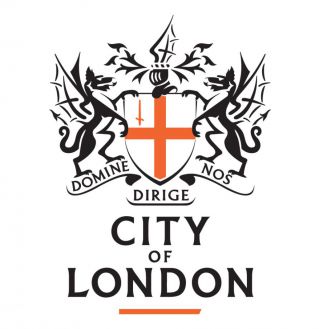New London Architecture
Public realm reaps dividends from 15 years of change
Wednesday 11 November 2020

Trafalgar Square © Nigel Young and Foster + Partners
London has made major advances in its public realm in the last 15 years, kicked off in earnest by the World Squares for All competition ushering in a new era for partnership working. But it can fight a recent backlash in some quarters against road closures, low traffic neighbourhoods and other public realm interventions by using data, communication and nuanced debate about the clear dividends they bring.
Those were some of the thoughts to emerge from ’15 years of public realm’, a webinar event held in support of NLA’s Changing Face of London programme.
NLA chair Peter Murray provided an introduction to the topic around NLA’s continued involvement in public realm research and Richard Rogers’ ‘huge contribution to the whole delivery of public space’ via his Urban Task Force report, and before that the 1986 exhibition Murray curated: ‘Rogers, Foster, Stirling’. Rogers had been advisor to Ken Livingstone, who as mayor started ‘a real movement that London should have and could have much better public spaces’, via his 100 new public spaces idea.
Atkins design director, public realm, Peter Heath recalled those times and how hard money for major schemes was to come by but that, in his 30-year career the World Squares for All competition marked the beginning of a change in politics, technology and attitude.
Burlington Gardens © Publica
Burlington Gardens © Publica

The scheme revitalised Trafalgar Square and Whitehall, while projects to follow helped to demonstrate that bad things like terrorism can also mean funding for extra public realm is more readily available.
While Parliament Square is still on the to-do list for a solution to its traffic problem, said Atkins, landmark projects that improved ‘exponentially’ as a result included Exhibition Road and a 2020 Vision for the Crown Estate Atkins produced, Covid-19 having caused a ‘rethinking’ about how much space is needed for pedestrians and vehicles. Statues and memorials in the public realm are a ‘very hot topic’ said Atkins, that had been long overlooked and which should be reappraised in terms of their diversity.
Publica founding director Lucy Musgrave – another public realm heavyweight – talked about the complexity of neighbourhoods and research that underpins her organisation’s work. Cities are incredibly surprising places, she said, but they are always in flux, too. In the midst of an environmental crisis cities are both a problem and a solution, Musgrave added, with public ream being a contributor to wellbeing, backed by key support from London mayor Sadiq Khan. ‘This is an opportunity to really rethink our cities and think about how we can think about meaning in place’, she said.
Publica is working on School Streets in Hackney as part of a bid to make the capital more child-friendly and is about to launch evening and night time strategies for the boroughs and GLA ‘in the next few weeks’. It is also working with the first urban parish council in London, in Queen’s Park, and worked on widespread changes around Bond Street. ‘We didn’t change the traffic management’, she said of that scheme. ‘We just put the highway on a diet’.
But that World Squares for All masterplan competition had, said Musgrave, been prompted by a major public debate while she was at the Architecture Foundation at which the audience showed their demand for better public space to John Gummer by standing and slow-clapping rather than merely voting. The public’s ‘huge backlash’ against low traffic neighbourhoods and other elements could be tackled by showing using data, the opportunity being for smart cities to make that available. ‘I think it’s a more nuanced debate and it needs to be this transition that needs to be worked through’, she said. None of the projects could have happened, though, without consensus formed across organisations from Transport for London to the BIDs. ‘It’s a joined-up thing’
Atkins agreed, saying that communication is important in this going forward. But the unspoken thing is that schemes like World Squares for Al could not have happened without congestion charging coming in. Unfortunately, car usage has now risen again, partially because of people’s fears around travelling on public transport and a mode shift to walking and cycling but freight and deliveries was a topic that had to be faced up to too, Atkins added.
Related
News
Winning Design Announced for 'Hope in the Square' Competition
NLA in partnership with the London Borough of Southwark are proud to unveil the winning design of our 'Hope in the Squar...
Exhibition
At 16.5 metres-long, the 1:2000 scale London model covers more than 247 square kilometres of London and 21 boroughs, 21...
Stay in touch
Upgrade your plan
Choose the right membership for your business
Billing type:
Small Business Membership
£90.00
/month
£995.00
/year

For businesses with 1-20 employees.
Medium Business Membership
£330.00
/month
£3,850.00
/year

For businesses with 21-100 employees.
View options for
Personal membership


















